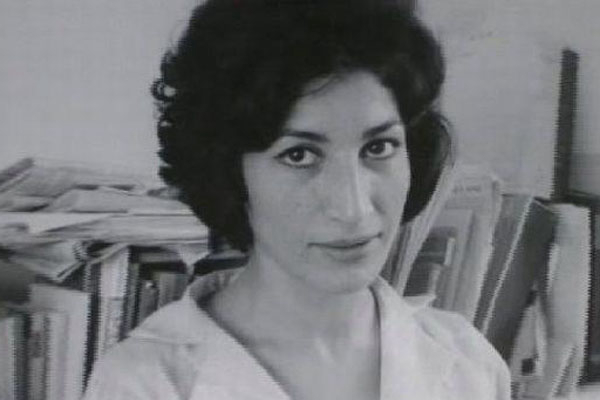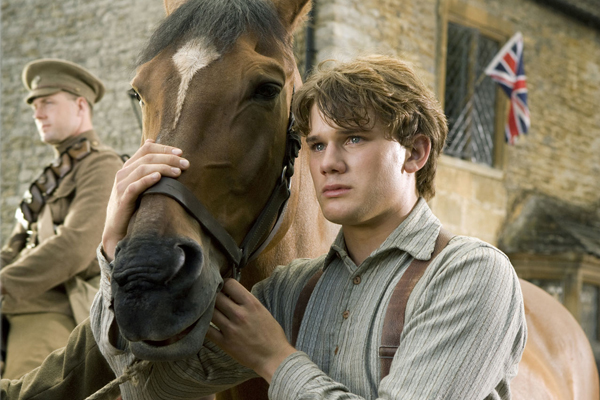Hence, it acquires a lot more than intelligence and the ability to write. It is a combination of the author’s deepest feelings captured by his/her life’s circumstances of the present and the past, that leads itself to readable words on a piece of paper. Sadegh Hedayat is among the most remarkable writers of Iran whose works can be identified by this notion.
He was born in Tehran in 1903 to a well respected family. According to his brother, Mahmoud, Sadegh was a very lovable child whose sweet speech and
wit was always admired. Though, by the age of six, he displayed a lack of desire to play with children of his age and became an introvert.
He finished his secondary education at a French school, St. Louise Academy in Tehran, where he took full responsibility of writing, publishing, and distributing the school’s newspaper. Thereafter, he was sent to Europe on a government scholarship to study dentistry. He eventually gave up that goal and focused on the study of pre-Islamic language and literature. He explored the works of many well-known writers and admirers such as Omar Khayam, Dostoevski, and Rainer Maria Rilke.
Hedayat was fascinated by the philosophies of Buddha and Zoroaster (Zartosht). He published “ “Ensan va Heyvan”” (“”Man and Animal””) in 1924
and became a vegetarian in defense of the animal kingdom against the ravage
of men. Later on he distributed “”Favayedeh Giyah Khari”” (The Advantage of Vegetarianism) in Berlin.
Through Rilke’s admiration of “”death””, Hedayat became intrigued with the “”knowledge of the unknown.”” So much in fact that he tried to commit suicide
in 1927 by drowning himself in River Marne in Paris. In a letter to his brother, Hedayat wrote, “”I did something really crazy, but luckily it did not do me in!”” The cause for his behavior still remains unknown, but one could guess that he must have led a complicated life.
Upon his return to Iran in 1930, Hedayat’s first line of short stories called “”Zindeh Be Goor”” (Buried alive) was distributed, but he felt isolated from freely putting his thoughts down. He left for India around 1936 where he published his masterpiece “”Buf-i Kur”” (Blind Owl). The novel was withheld from publication in Iran until 1941, due to the controversial issues that it contained.
The “”Blind Owl”” says a lot about Hedayat’s character and his state of mind:
The novel’s central emphasis is on the modernized women of his era. The dual image of women as the virtuous and the prostitute is not well absorbed by the male standards of the 30’s. Hedayat’s frustration with this phenomenon sets women as the core problem of life and death. Since, women are the birth-givers; they can not be the heavenly creatures forbidden from misconduct or sexual intimacy. The author’s inability to deal with this realism brings him to a stage of psychological disturbance.
By the end of 1930’s, Hedayat’s career as a writer reached the end of its lifespan. His addiction to drugs and alcohol was a gateway to self destruction as a writer and eventually himself. On April 4, 1951, Hedayat ended his miserable days by committing suicide for the second and last time.
Aside from being a writer, Sadegh Hedayat was also a painter and an admirer
of music. Although his literary works seem disturbing, even as we speak, his academic ambition as an artist, his creative mind, and his recognition as the best writer of his time, makes Sadegh Hedayat an unforgettable figure in our history!



